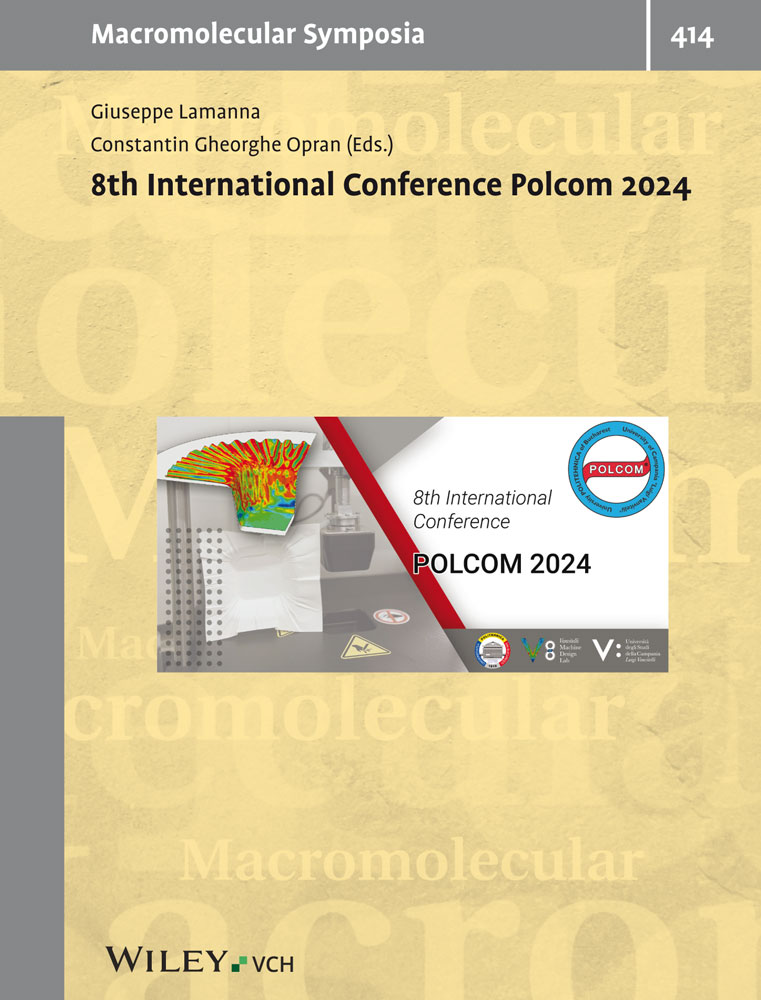Filler networks in elastomers
Abstract
Elastomers are soft materials that can be reinforced by dispersing into them nanosized solid particles. Common examples of the latter are silica or carbon black aggregates. However, the mechanism of reinforcement is still not yet fully understood. Our work consists in investigating by small-angle X-ray scattering (SAXS) the structure of the aggregate network spreading throughout the matrix in the initial sample and its modification during and after straining (elongation). The goal is to relate the macroscopic mechanical behaviour with the structure of the aggregate network. The present paper is a qualitative overview of recent results obtained on well defined composites.




